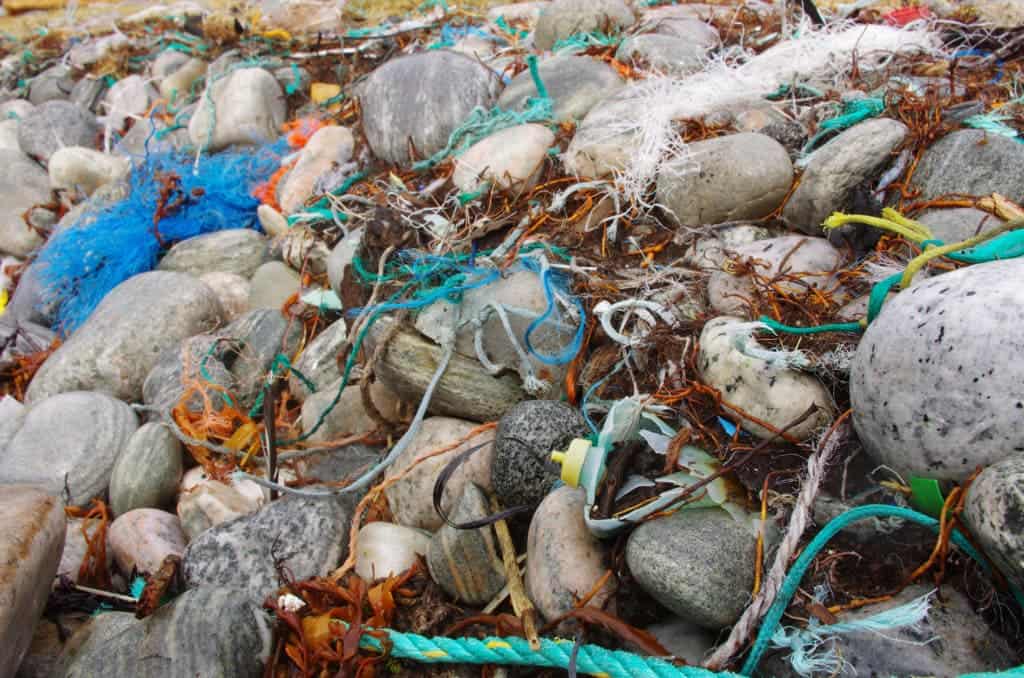Flowing through rivers and oceans, plastic waste has become an important environmental threat across the globe. Trying to deal with the problem, researchers in Australia developed a way to purge water sources of microplastic without harming microorganisms, using a set of magnets.
Microplastics are ubiquitous pollutants. Some are too small to be filtered during industrial water treatment, such as exfoliating beads in cosmetics, while others are produced indirectly when larger debris like soda bottles or tires weather amid sun and sand.
“Microplastics adsorb organic and metal contaminants as they travel through water and release these hazardous substances into aquatic organisms when eaten, causing them to accumulate all the way up the food chain,” said senior author Shaobin Wang, a professor at the University of Adelaide (Australia).
Wang and the research team generated short-lived chemicals, called reactive oxygen species, which trigger chain reactions that chop the polimers (long molecules) that makeup microplastics into tiny and harmless segments that dissolve in water. The study was published in the journal Matter.
The problem was reactive oxygen species are often produced using heavy metals such as iron or cobalt, which are dangerous pollutants in their own right and thus unsuitable in an environmental context. To get around this, they used carbon nanotubes laced with nitrogen to help boost the generation of reactive oxygen species.
“Having magnetic nanotubes is particularly exciting because this makes it easy to collect them from real wastewater streams for repeated use in environmental remediation,” says Xiaoguang Duan, a chemical engineering research fellow at Adelaide who also co-led the project.
The carbon nanotube catalysts removed a significant fraction of microplastics in just eight hours while remaining stable themselves in the harsh oxidative conditions needed for microplastics breakdown. Their coiled shape increased stability and maximized reactive surface area. Chemical by-products of this microplastic decomposition, such as aldehydes and carboxylic acids, aren’t major environmental hazards. The team, for example, found that exposing green algae to water containing microplastic by-products for two weeks didn’t harm the algae’s growth.
The next step of the research will be to ensure that the nano springs work on microplastics of different compositions, shapes, and origins, as all microplastics are chemically different. They also think that the byproducts of microplastic decomposition could be harnessed as an energy source for microorganisms.
“If plastic contaminants can be repurposed as food for algae growth, it will be a triumph for using biotechnology to solve environmental problems in ways that are both green and cost-efficient,” Wang says.










